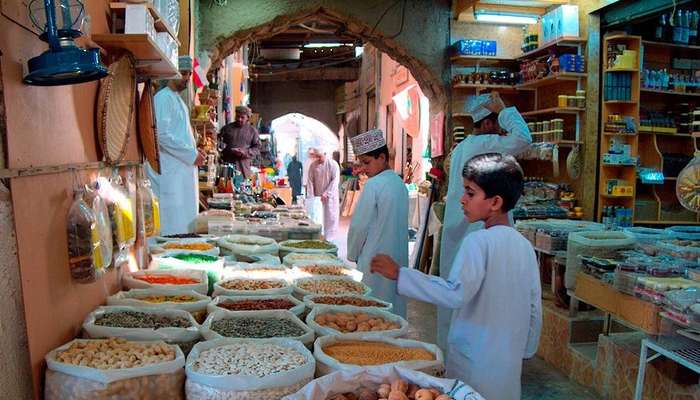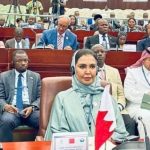In August 2024, the Sultanate of Oman experienced a 1.1 percent increase in inflation compared to the same period in 2023 for the base year of 2018. This data was revealed by the Consumer Price Index issued by the National Centre for Statistics and Information. The prices of various goods and services groups rose by 4.4 percent, with notable increases in food and non-alcoholic beverages, health, and housing. However, prices for transportation, furniture, education, and tobacco remained stable, or even decreased slightly.
Within the food and non-alcoholic beverages group, the prices of vegetables, fruits, milk, cheese, eggs, and meat all saw significant increases. On the other hand, fish and seafood prices decreased. Musandam Governorate had the highest inflation rate at 2.3 percent at the end of August 2024, followed by South Al Sharqiyah at 2.2 percent. The inflation rate also rose in Al Wusta, North Al Sharqiyah, North Al Batinah, Al Buraimi, Dhofar, Al Dhahirah, and Al Dakhiliyah Governorates, with Muscat Governorate seeing a modest increase, and South Al Batinah seeing a slight rise as well.
The overall increase in inflation in Oman was driven by rising prices in various sectors, including food, health, and housing, while other sectors such as transportation and furniture saw decreases or remained stable. Consumers in Oman may experience higher costs for certain goods and services, particularly in the food and non-alcoholic beverages category. The inflation rate varied across different governorates within the country, with Musandam Governorate experiencing the highest increase in prices. Efforts to monitor and address inflationary pressures will be important in managing the country’s economic stability.
The rising prices in Oman could have a significant impact on consumers’ purchasing power and overall cost of living. For example, the increase in food prices could lead to higher household expenses, especially for essential items such as fruits, vegetables, and meat. Health services becoming more expensive may also strain individuals’ budgets. It is important for individuals and families to budget effectively and prioritize their spending to cope with the inflationary pressures in the country. Additionally, businesses may need to adjust their pricing strategies in response to the changing economic environment.
As inflation continues to rise in Oman, policymakers may need to consider implementing measures to control prices and ensure economic stability. This could involve measures such as regulating prices, increasing subsidies, or implementing targeted policies to support vulnerable populations who may be most affected by rising costs. By addressing the underlying factors driving inflation and implementing appropriate policy responses, Oman can work towards maintaining a healthy and stable economy for its citizens.
In conclusion, the recent increase in inflation in Oman highlights the importance of monitoring price trends and implementing targeted policies to address rising costs. While certain sectors such as food and health have seen significant price increases, other areas have remained stable or even decreased in price. By carefully managing inflation and implementing appropriate policy responses, Oman can support economic stability and ensure the well-being of its citizens. Consumers, businesses, and policymakers will need to work together to navigate these challenging economic conditions and find sustainable solutions for the future.





















